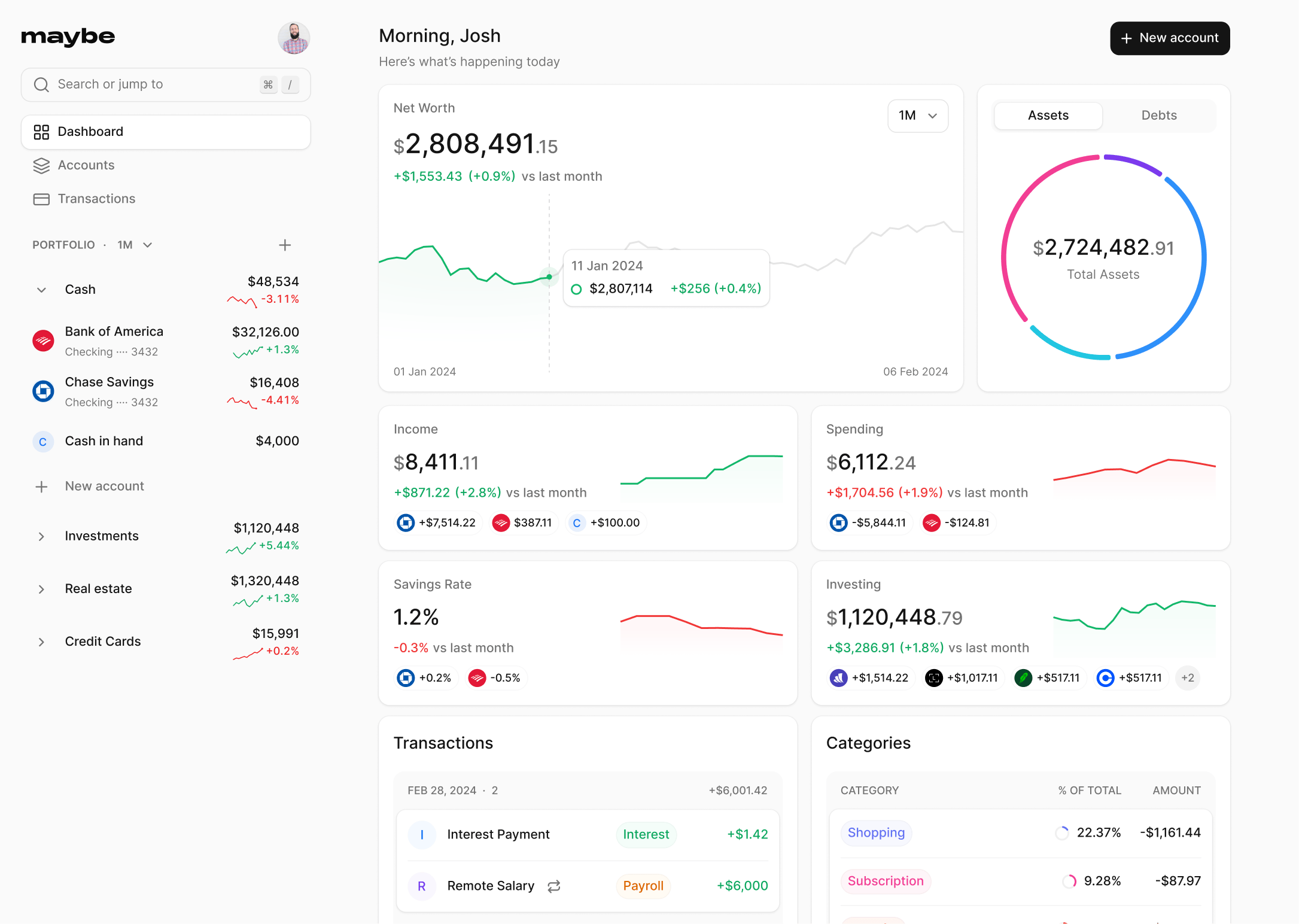Financial Terms / # / 52-week high/low
52-week high/low
You've probably heard the terms "52-week high" and "52-week low" before, but what do they actually mean? A 52-week high is the highest price a particular stock has traded at in the past 52 weeks. A 52-week low is the lowest price a specific stock has sold at in the past 52 weeks.
Why is this information important? Well, if you're considering investing in a particular stock, knowing its 52-week high and low can give you a better idea of how volatile (or stable) the stock is.
For example, let's say you're looking at two stocks: Stock A has a 52-week high of $50 and a 52-week low of $30, while Stock B has a 52-week high of $35 and a 52-week low of $25. Based on this information, you could conclude that Stock A is more volatile than Stock B.
What Causes Highs and Lows?
Several factors cause a stock's price to fluctuate. For example, earnings reports, analyst upgrades or downgrades, news events, etc., can all impact a stock's price.
It's also worth noting that just because a stock hits a new 52-week high (or low) doesn't necessarily mean that now is the time to buy (or sell). Instead, it's essential to do your research before making any investment decisions.
Is buying at the 52-week low a good strategy?
There's no simple answer to this question. Some investors believe that buying a stock when it's at its 52-week low is a good strategy because the stock is likely to go up from there.
Others argue that you shouldn't automatically buy a stock just because it's at its 52-week low. After all, there's a reason why the stock is at its 52-week low in the first place. Instead, they believe that you should wait to see if the stock rebounds before investing.
Ultimately, it's up to you to decide what strategy makes the most sense for you.
Discover more financial terms
Join the Maybe  waitlist
waitlist
Join the waitlist to get notified when a hosted version of the app is available.
